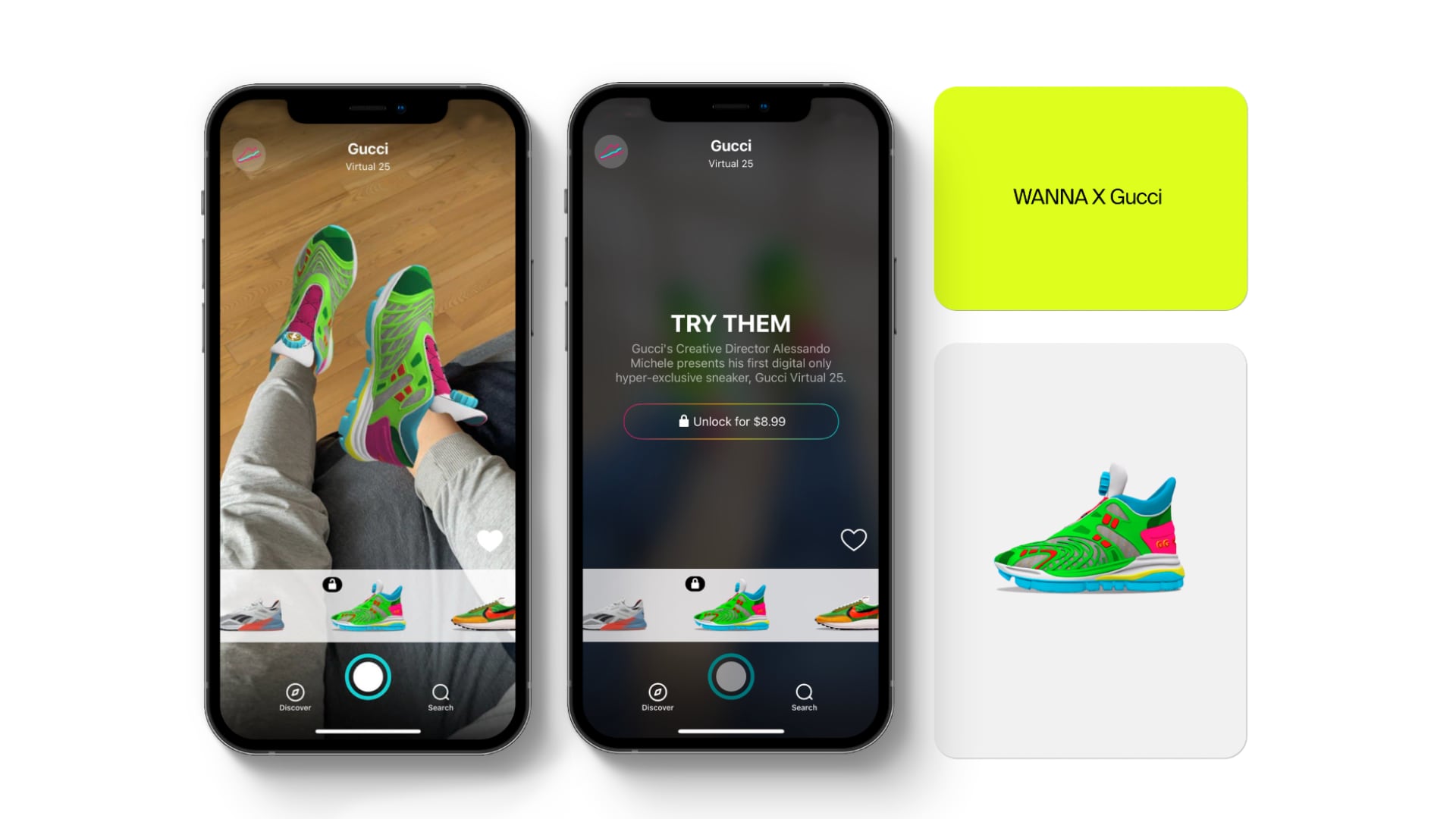The End of Guesswork: Accuracy and Realism in Virtual Try-Ons
For years, online shoppers have wrestled with the uncertainty of sizing and fit. Ordering clothes online often felt like a gamble, with returns and exchanges a frustratingly common occurrence. But the rise of sophisticated virtual try-on technology is changing all that. Today’s virtual try-on experiences are far more accurate and realistic than ever before, using advanced 3D body scanning and AI-powered rendering to create incredibly lifelike representations of how clothes will look on individual shoppers. This level of precision significantly reduces the likelihood of receiving ill-fitting items, boosting customer satisfaction and minimizing returns.
Beyond the Static Image: Experiencing Clothes in Motion
Early virtual try-on tools were limited to static images, offering a glimpse of how an item might look but lacking the dynamism of real-life interaction. Modern advancements, however, allow customers to see garments on their virtual avatars in motion. This means shoppers can see how a dress drapes as they move, how a pair of jeans fits when sitting down, or how a jacket feels during various arm movements. This increased interactivity transforms the shopping experience from a passive viewing into an engaging and realistic simulation, making the decision-making process easier and more confident.

Personalization Takes Center Stage: Body Scanning and AI
The accuracy of virtual try-on hinges on the ability to create accurate digital representations of individual body shapes and sizes. This is where body scanning technology comes into play. While full-body 3D scanners are becoming increasingly common in physical stores, sophisticated smartphone apps can now create accurate body measurements using a series of photos. This data, combined with advanced AI algorithms, allows the system to tailor the virtual try-on experience to the shopper’s unique physique, ensuring a much more personalized and accurate result than generalized sizing charts ever could.
Enhanced Shopping Experience: Increased Engagement and Reduced Cart Abandonment
The gamified aspect of virtual try-on is a key driver of its success. The ability to experiment with different styles and colors without the physical constraints of a changing room is incredibly appealing. This interactive experience keeps shoppers engaged for longer periods, leading to increased dwell time on e-commerce websites. Moreover, the ability to visualize how clothes will look before committing to a purchase significantly reduces cart abandonment rates, a major challenge for online retailers. By building confidence and removing uncertainty, virtual try-on empowers shoppers to make informed decisions, leading to more completed purchases.
Accessibility and Inclusivity: Breaking Down Barriers to Fashion
Virtual try-on is democratizing fashion by breaking down barriers to accessibility. For shoppers with mobility issues, disabilities, or those who simply prefer the convenience of shopping from home, virtual try-on offers a game-changing alternative to traditional retail experiences. It removes the potential anxieties and physical challenges associated with in-person shopping, allowing everyone to enjoy a comfortable and inclusive shopping journey. This inclusive aspect is vital for building a more equitable and accessible fashion industry.
The Future of Fashion: Augmented Reality and Beyond
While current virtual try-on technology is impressive, the future promises even more innovative developments. The integration of augmented reality (AR) is poised to take the experience to a whole new level. AR applications could allow shoppers to virtually “try on” clothes in their own homes, superimposing garments onto their real-time reflections using their smartphone or tablet cameras. This will bring the convenience and realism of virtual try-on to an unprecedented level, blurring the lines between online and offline shopping experiences. The ongoing development and refinement of AI, 3D modeling, and AR promise to keep the virtual try-on experience evolving, constantly improving accuracy and expanding its applications across the fashion industry.
Sustainability and Cost Savings: A Greener Approach to Shopping
The reduced reliance on returns due to ill-fitting clothing is a significant benefit for the environment. The transportation and processing associated with returned items contribute to carbon emissions and waste. By significantly decreasing the return rate, virtual try-on promotes a more sustainable approach to online shopping. Furthermore, it can lead to cost savings for both retailers and consumers, as fewer resources are wasted on handling returns, reducing the overall environmental impact and contributing to a more responsible and efficient fashion industry. Read also about virtual try-on technology in fashion.

